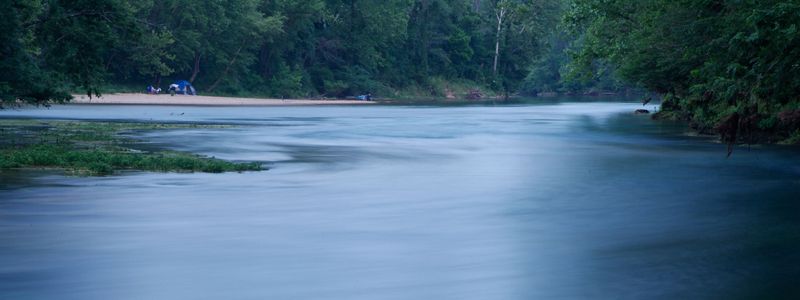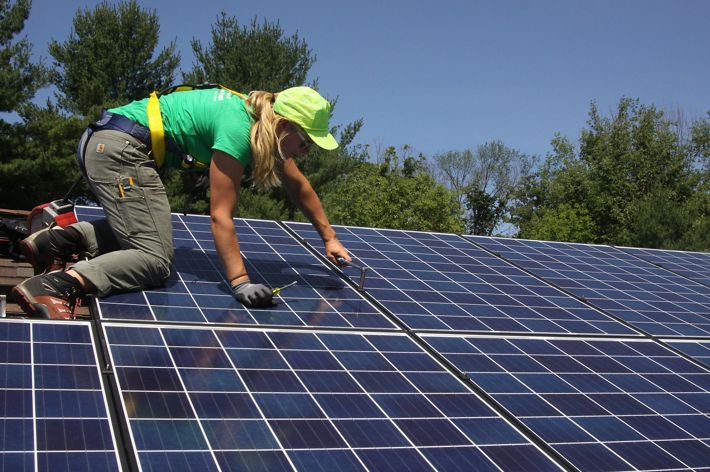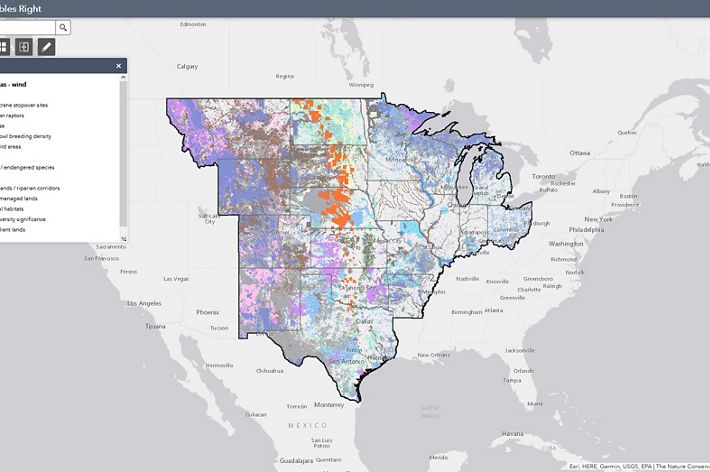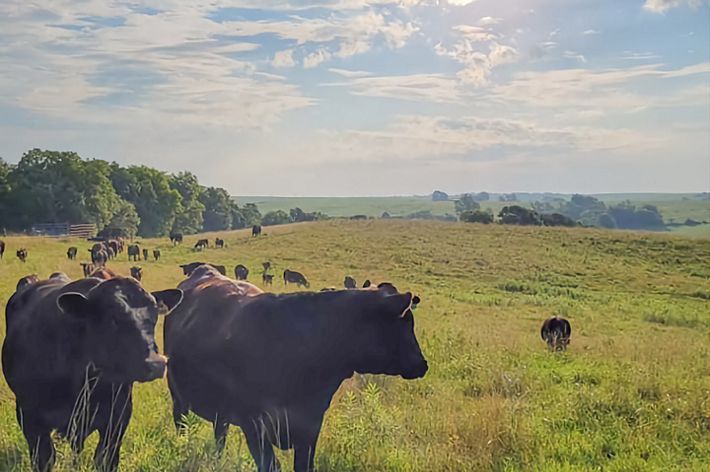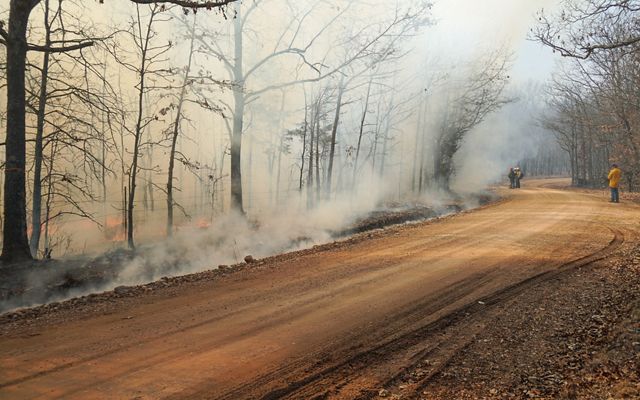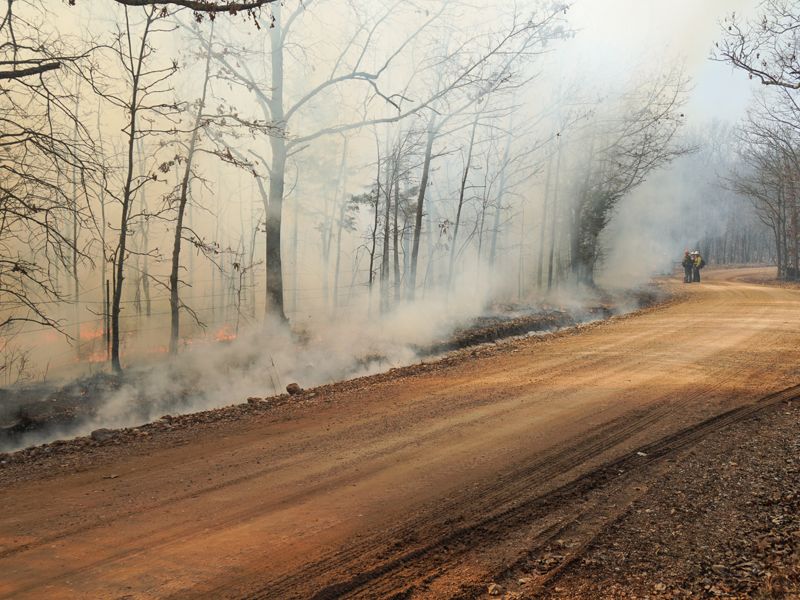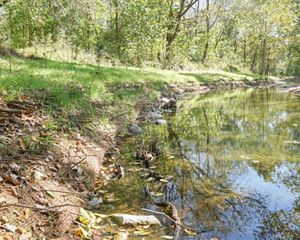
Climate Resiliency
Climate change may be the most important challenge humanity has ever faced. But together, we all are part of the solution.
Conserving the land and water that people and nature need to thrive requires a mix of techniques and strategies. That’s even more important as a changing climate strains Missouri’s foundational landscapes.
Shifts in weather patterns, increasingly frequent floods, more days of extreme heat and ever-climbing demand for energy affect wildlife and people. To meet the challenges, TNC is working with talented partners, using the lessons we’ve learned over the years and even building new tools needed to do the work.
We are committed to efforts that accelerate the energy transition and help people and communities adapt to and recover from the effects of climate change. Through our land, water and climate strategies, we are deploying on-the-ground projects to help communities prepare for climate hazards and reduce the strain of future impacts.
Energy Transition
Making the Transition Accessible: Solar for All
Missouri’s plan to expand solar power in underserved communities was one of 60 selected for funding through the Environmental Protection Agency’s $7 billion Solar for All program.
The selected applicants come from across the United States, territories and Tribal nations. Each will deploy local programs, cumulatively delivering residential and community solar projects that result in savings of at least 20% on utility bills. That will lower energy bills for people who most need it, reduce greenhouse gas emissions and create an estimated 200,000 jobs.
Missouri’s Environmental Improvement and Energy Resources Authority (EIERA) was chosen for a $156,120,000 program focused on making solar affordable. TNC has committed to supporting EIERA in the development and implementation of a statewide Solar for All program.
Site Renewables Right
Achieving the clean energy build-out necessary to meet our climate goals will require quadrupling our renewable energy capacity in the United States by 2050. Up to 75% of the nation’s new large renewable energy projects will occur in the central U.S., home to much of the nation’s most promising wind and solar resources.
The central U.S. also provides our best-remaining grassland habitat in North America, and the unique wildlife that is home on this range, such as bison, pronghorn and prairie chickens. The Site Renewables Right map identifies where renewable energy can be developed in the central U.S. while still conserving important wildlife habitats and natural areas at the same time.
The map synthesizes more than 100 layers of engineering, land-use and wildlife data and has received support from a diverse group representing business, research, conservation and agricultural voices.
Policy: Securitization
Three years ago, TNC was part of the effort in Missouri to create a new financial tool that would make it easier to transition toward renewable energy. Utilities are now using that tool—securitization—to decommission three coal-powered energy plants in the state. More are expected in the future.
Securitization frees up capital to make such moves more affordable. That is speeding up Missouri’s shift to a more diverse mix of energy sources, a key target in TNC’s goals for 2030.
TNC supported the successful legislation that ultimately approved securitization, including testifying before state lawmakers. The bill passed with overwhelming bipartisan support in 2021. Closing outdated facilities is important for the environment and will lead to lower bills for customers.
Climate Resiliency for People and Communities
Increased variability in weather patterns and extreme temperatures are felt throughout our communities. Many of these climate hazards devastate people’s livelihoods and critical community infrastructure and resources. They come in the form of droughts, wildfires, extreme storms, floods and more.
The best models that we have available to predict what the future might look like in Missouri and throughout our region show an increase in these climate hazards.
Along with the conservation outcomes and metrics we record—river miles protected; acres restored; habitats increased—we also analyze how our projects impact people. Do they support place-based economic opportunities, provide local participation in decision-making, and do they help farmers, landowners and community members adapt to the changing climate?
This is a continual process that must include developing and strengthening social networks and resources to make real change.
Soil and Water Cost-Share Program
The Missouri Soil and Water Cost-Share Program provides an incentive for farmers, ranchers and landowners to implement soil and water conservation practices that restore soil health, improve water quality and protect groundwater supplies in preparation for drought conditions.
We’ve worked with local farm bureaus and engaged heavily with community members to increase cost share dollars and support the renewal of the Missouri Parks, Soils and Water Sales Tax, which funds the cost-share program.
This program increases the capacity of producers to protect the lands and waters on which their livelihood depends, ensuring that they are able to sustain their economic well-being while increasing the capacity of the ecosystem to recover from climate hazards like drought.
Since 2020, a total of 33,254 contracts have been awarded through the program.
Missouri Prescribed Burning Act
Higher temperatures and decreasing precipitation during the summer months create high risks of wildfires in Missouri. These wildfires can destroy communities and infrastructure, reduce air quality and damage habitats.
Prescribed burning can alleviate the impacts of wildfires by reducing overgrown areas that could increase fire intensity and severity. However, many landowners are hesitant to implement prescribed fire as a land management tool due to potential liability. TNC recently led an effort to pass the Missouri Prescribed Burning Act, which addresses landowner concerns by allowing them to purchase insurance for conducting prescribed burns.
Since then, more landowners have been working with the Missouri Department of Conservation to attend training events and develop burn plans that minimize the spread of invasive species, promote soil health and reduce wildfire risk.
Missouri River Levee Setback
After dealing with decades of frequent floods, people living and farming along the Missouri River in Atchison County knew it would take more than grit to respond to progressively volatile waters.
A devastating flood in 2019 put 56,000 acres underwater, displaced nearly 300 residents and cost an estimated $25 million in agricultural revenue in Atchison County. TNC helped bring together local stakeholders and nearly a dozen partners to create a solution that would benefit people and nature.
The locally-led project ultimately moved five miles of a 71-year-old federal levee inland, creating more than 1,000 acres of floodplain along the Missouri River. The added floodplain gives the river room to rise and recede naturally, provides wildlife habitat and protects people from increasingly common floods.
The project is also a great model for the future. TNC is now supporting other new levee setback projects at key spots along the Missouri River.
Want to Learn More About Our Work in Missouri?
Sign up to receive monthly conservation news and updates from Missouri. Get a preview of Missouri’s Nature News email.
